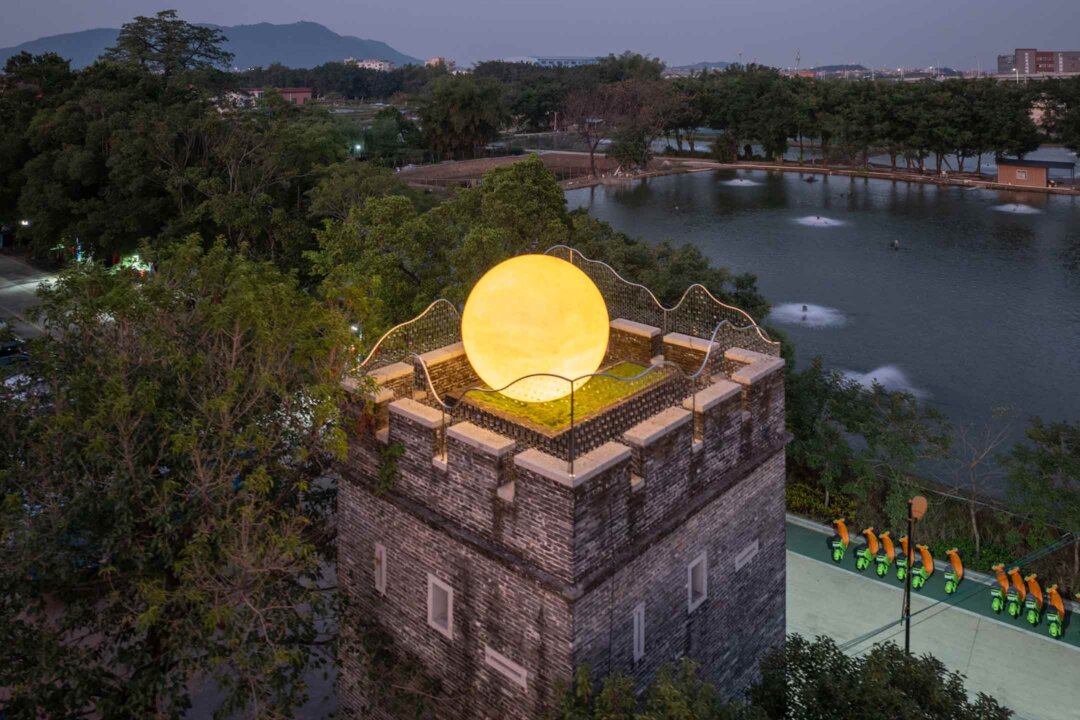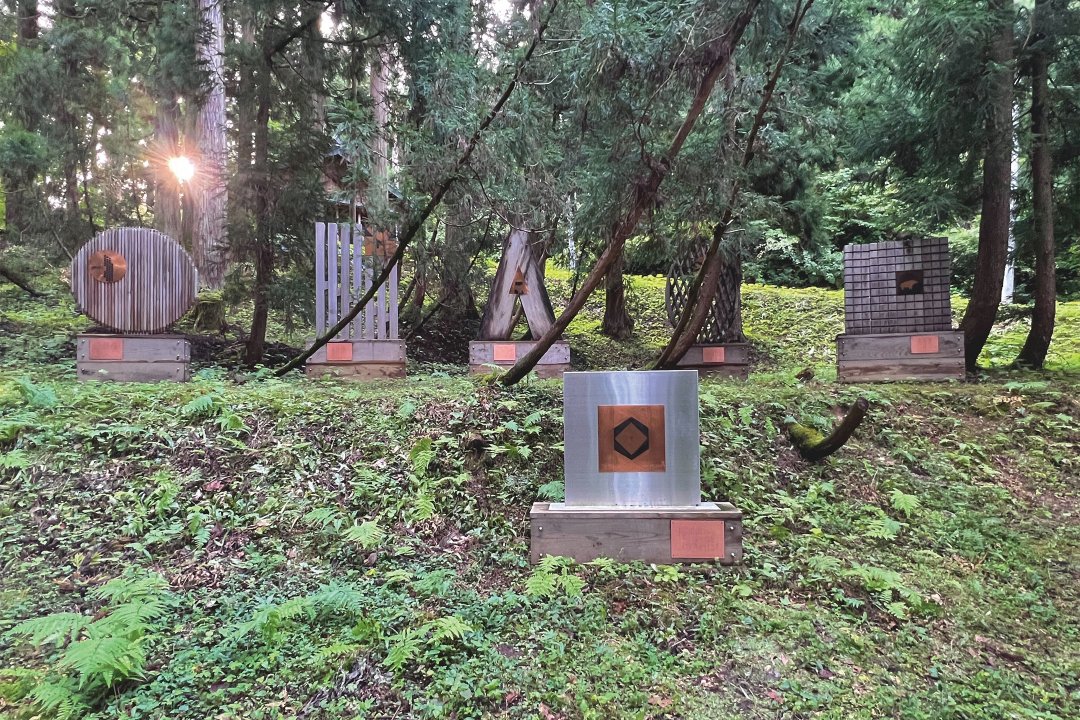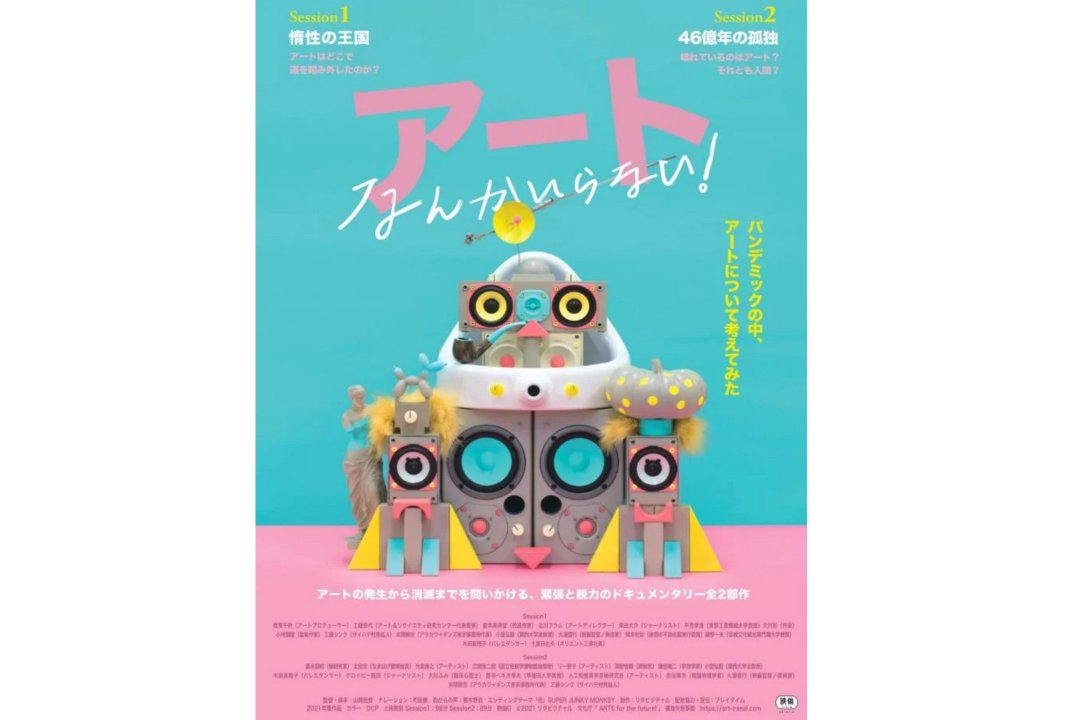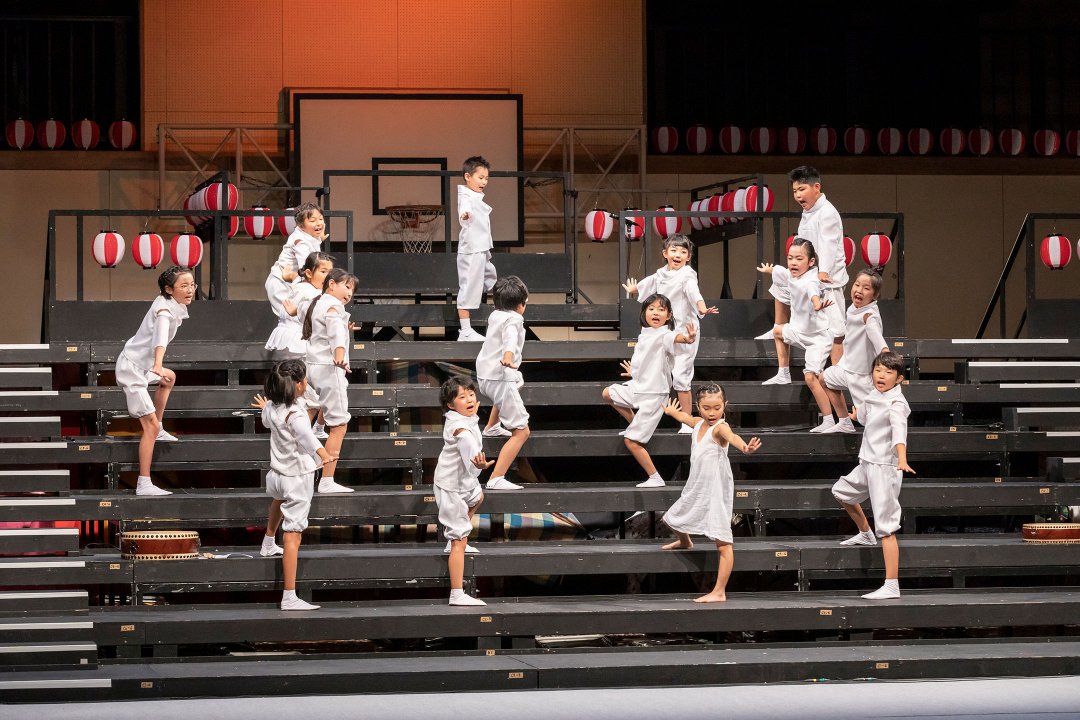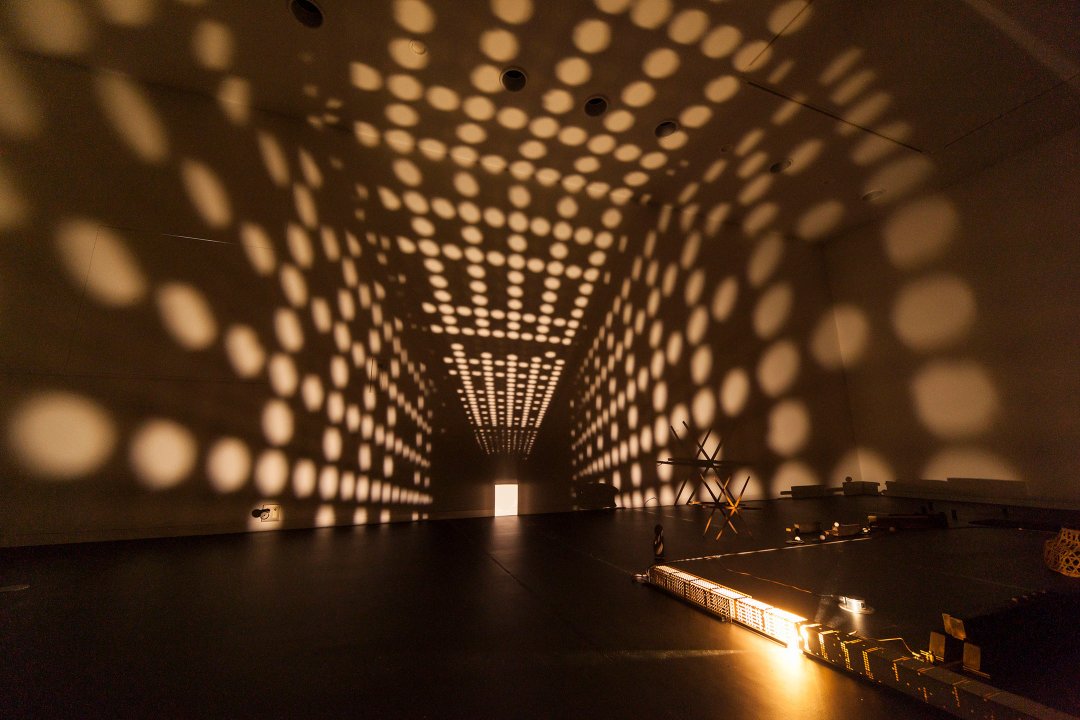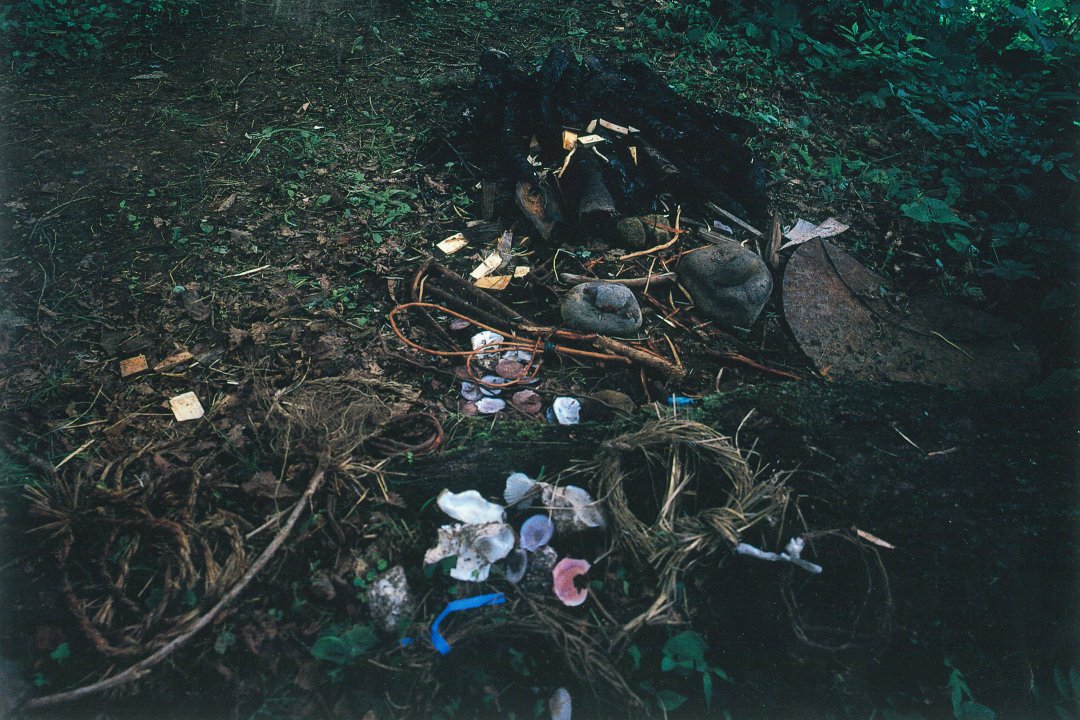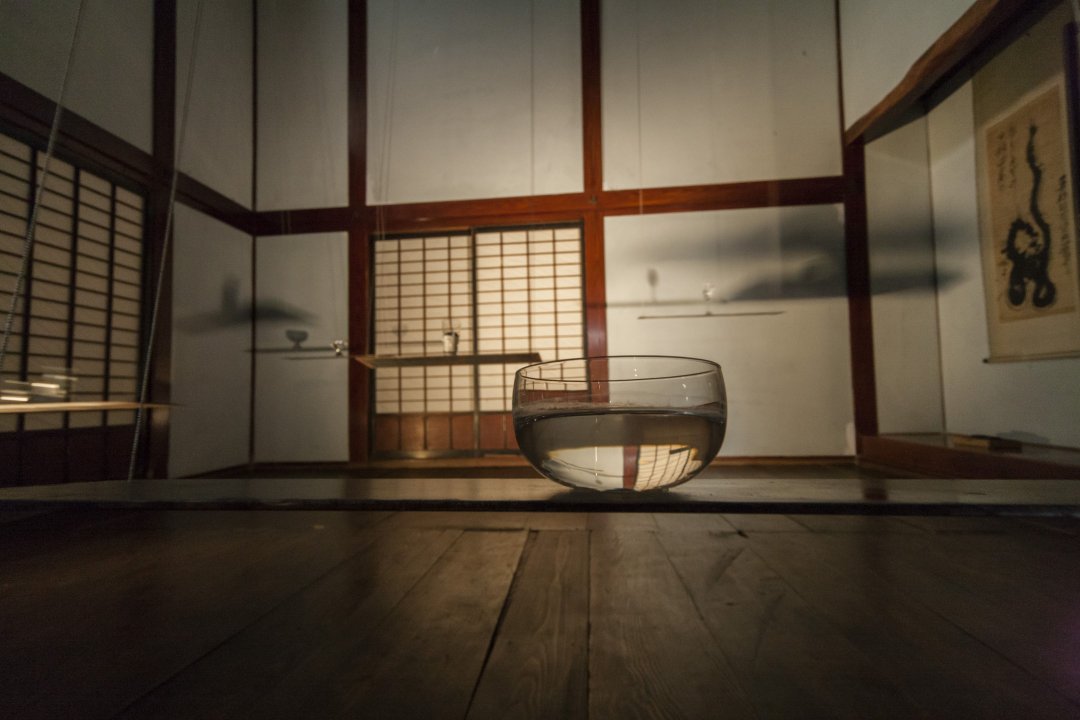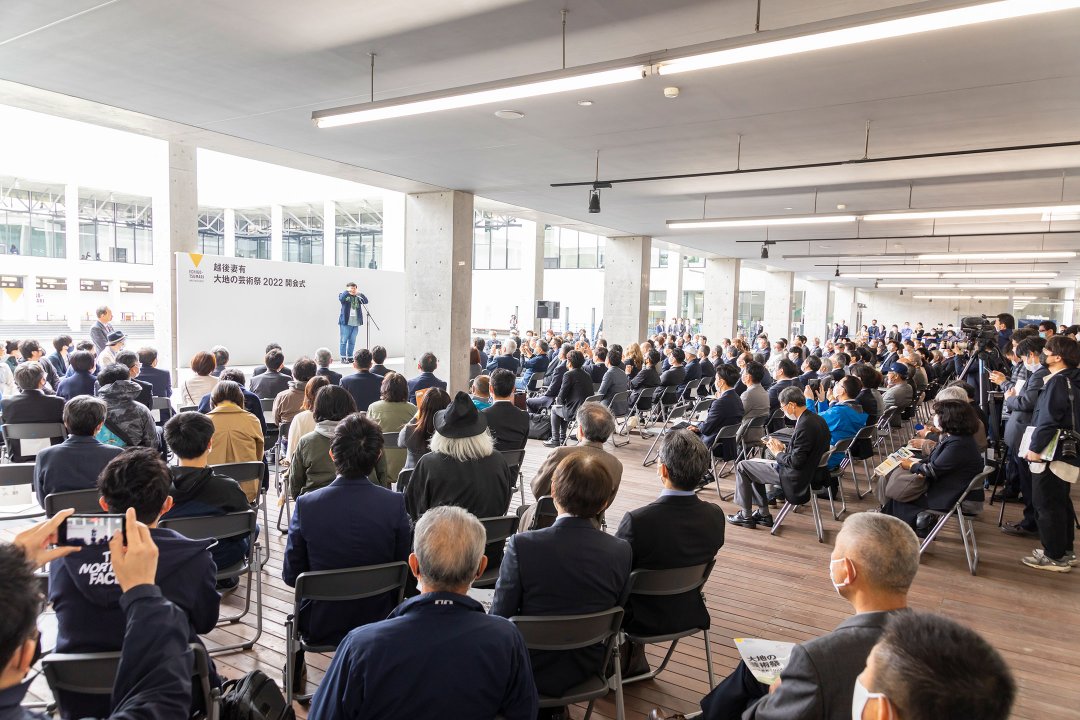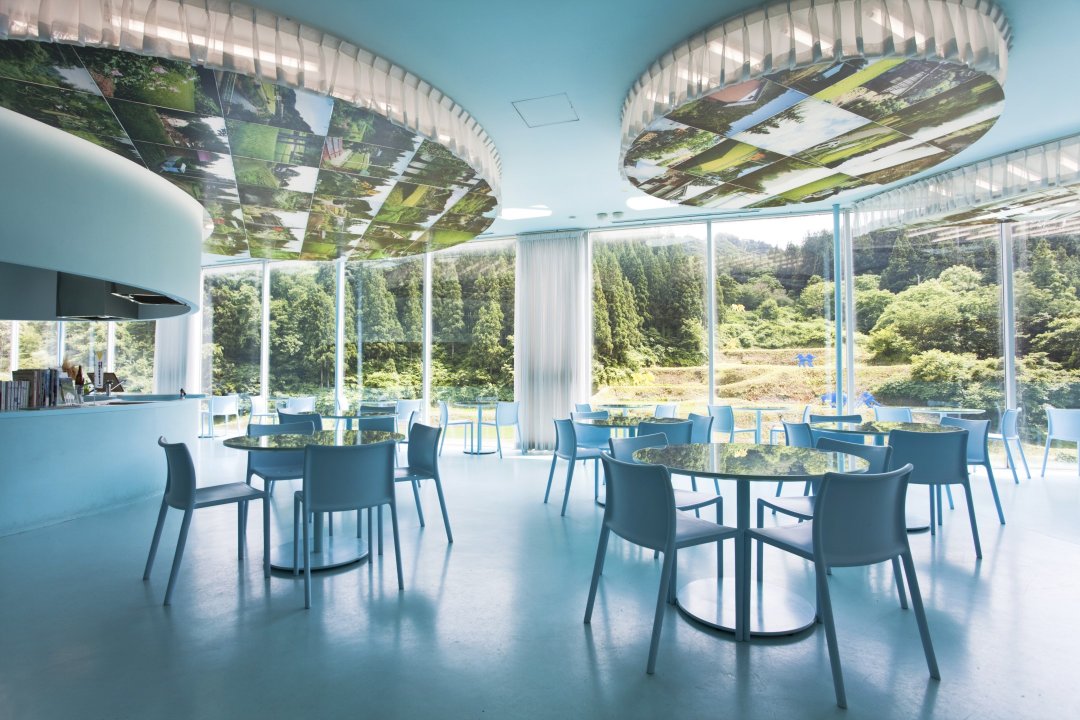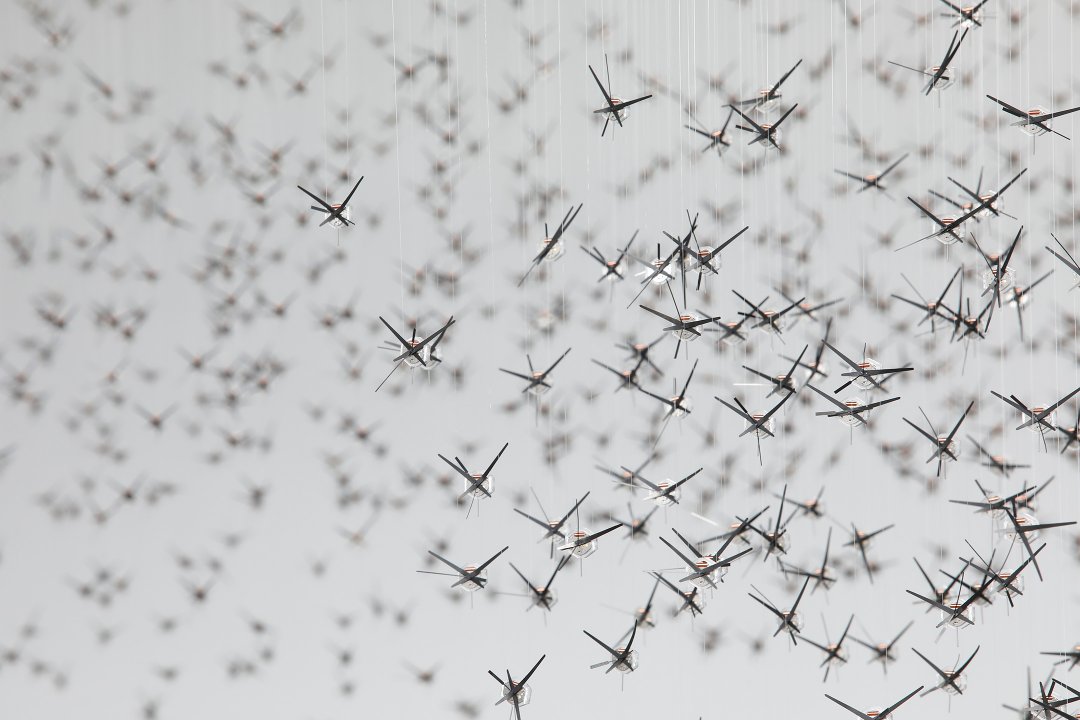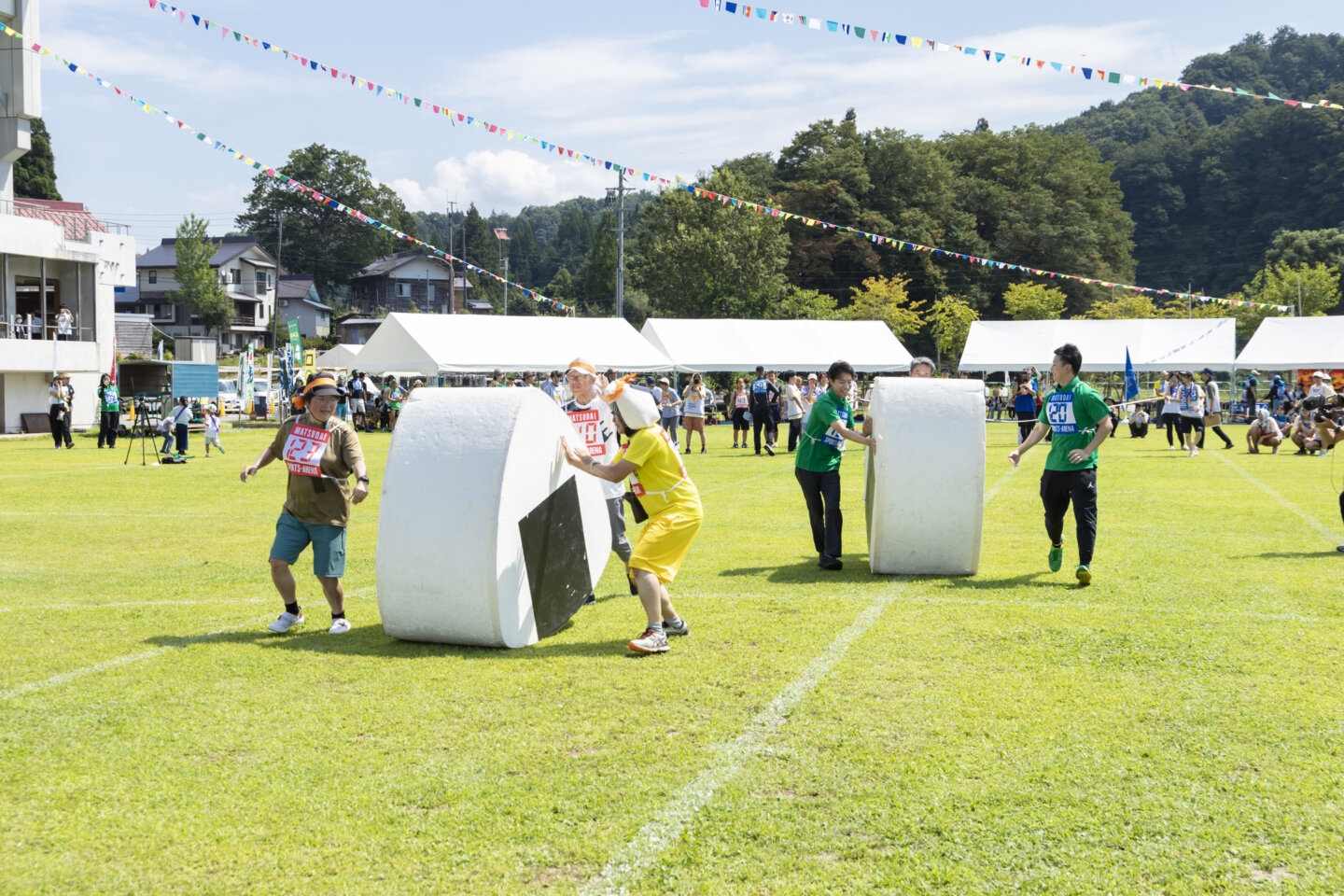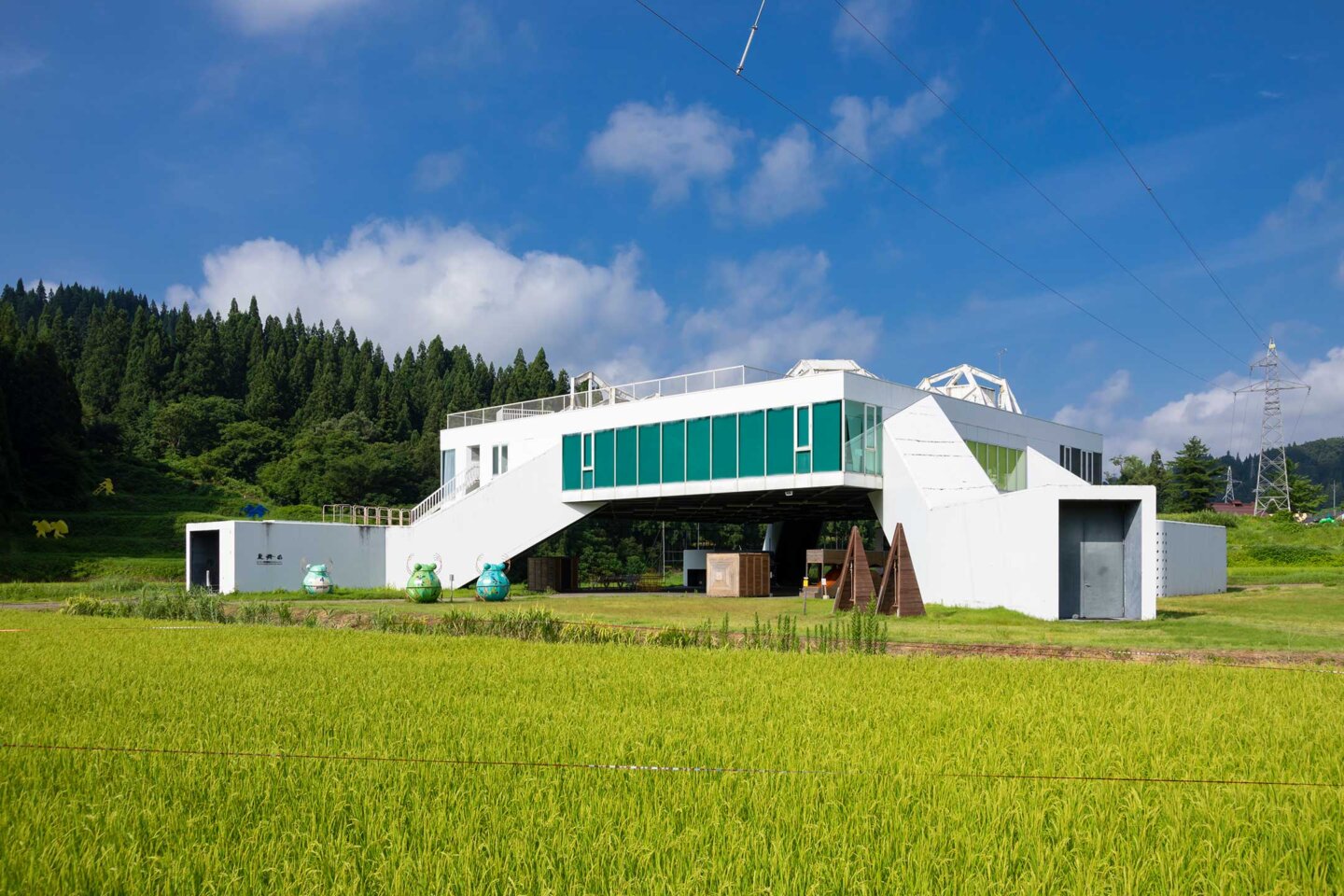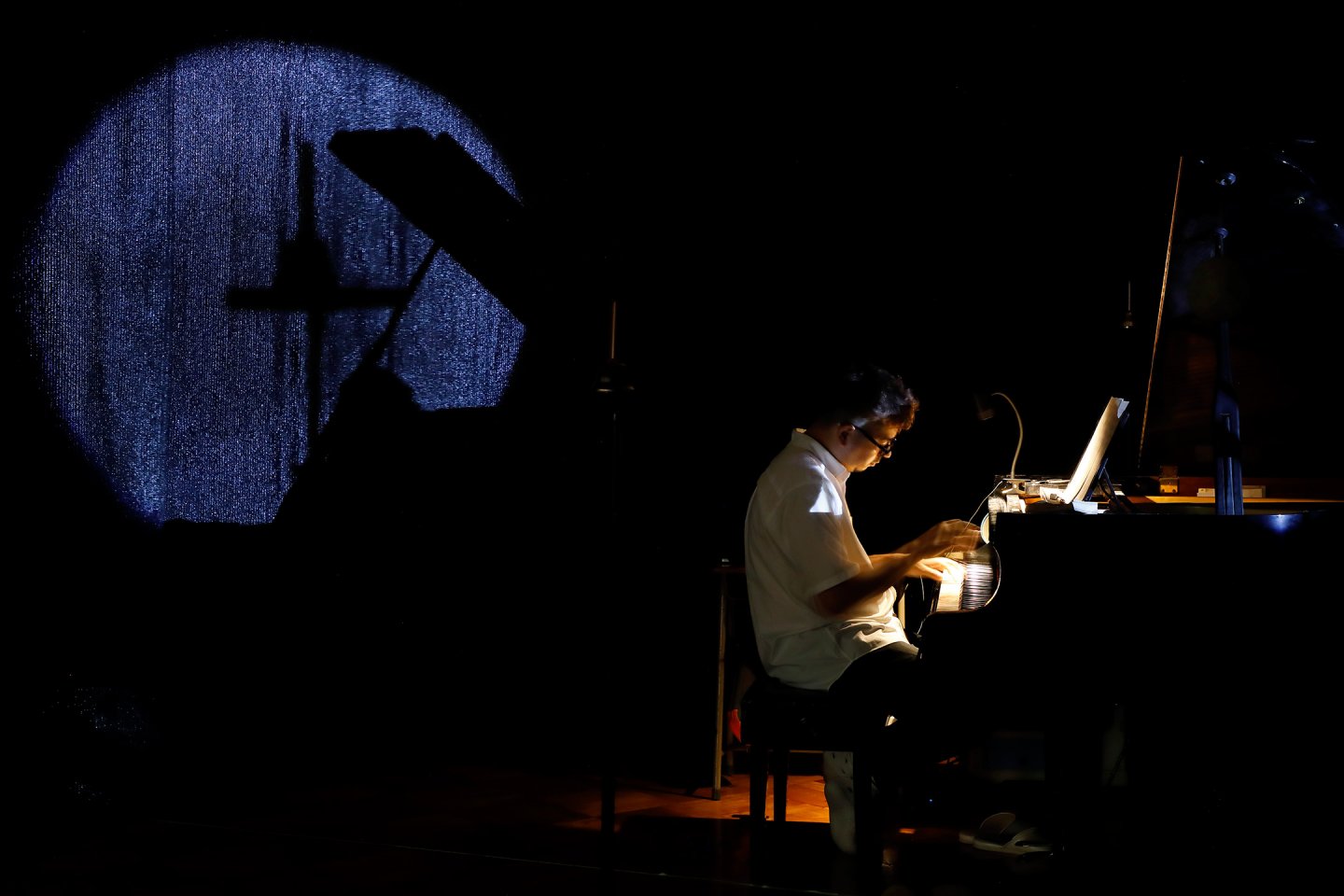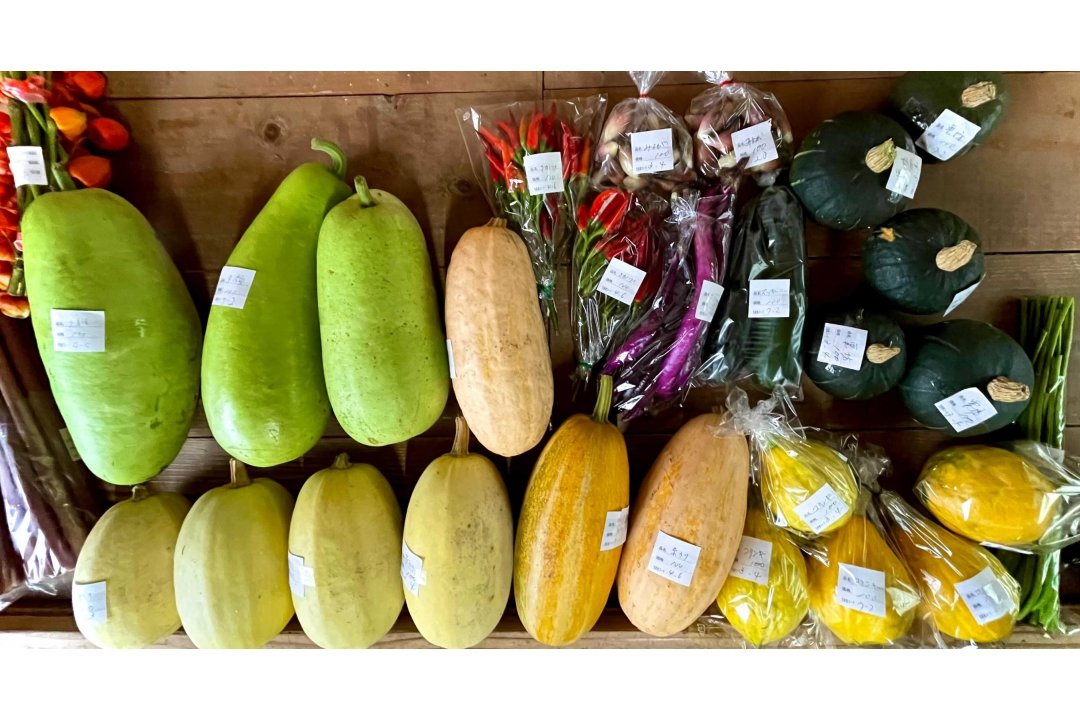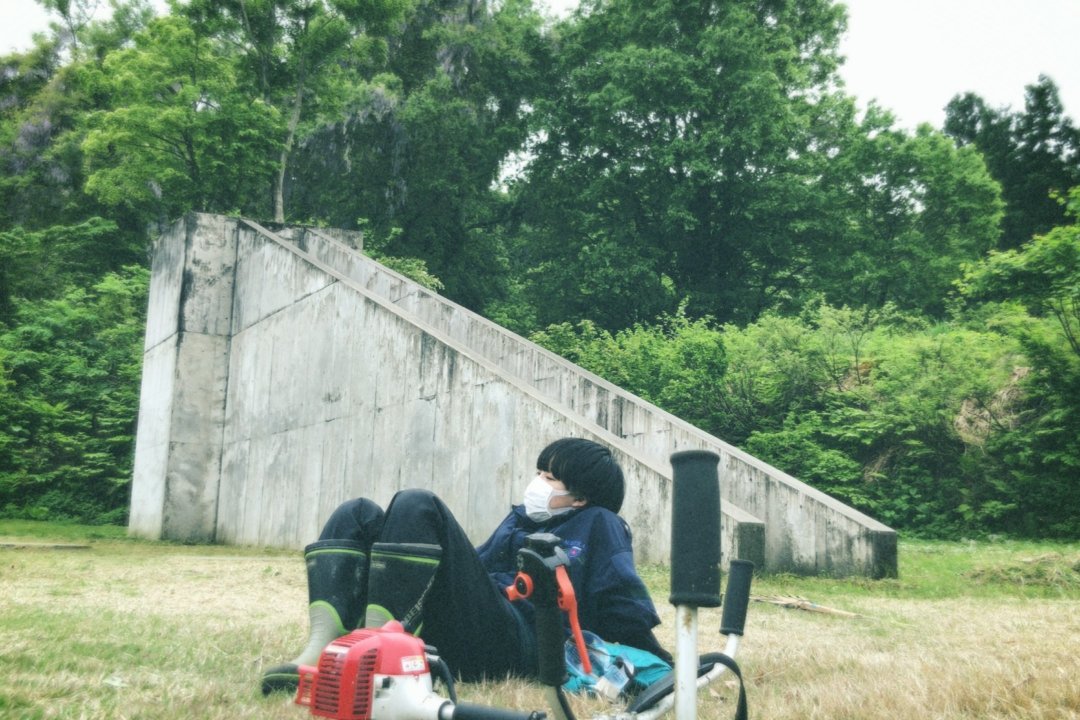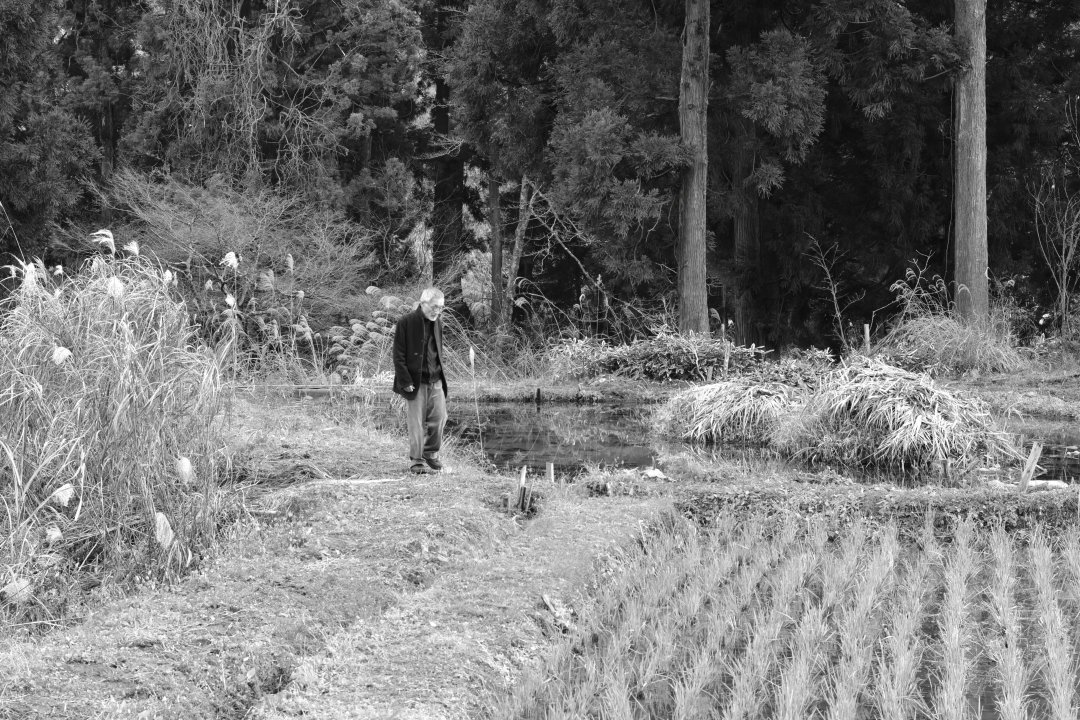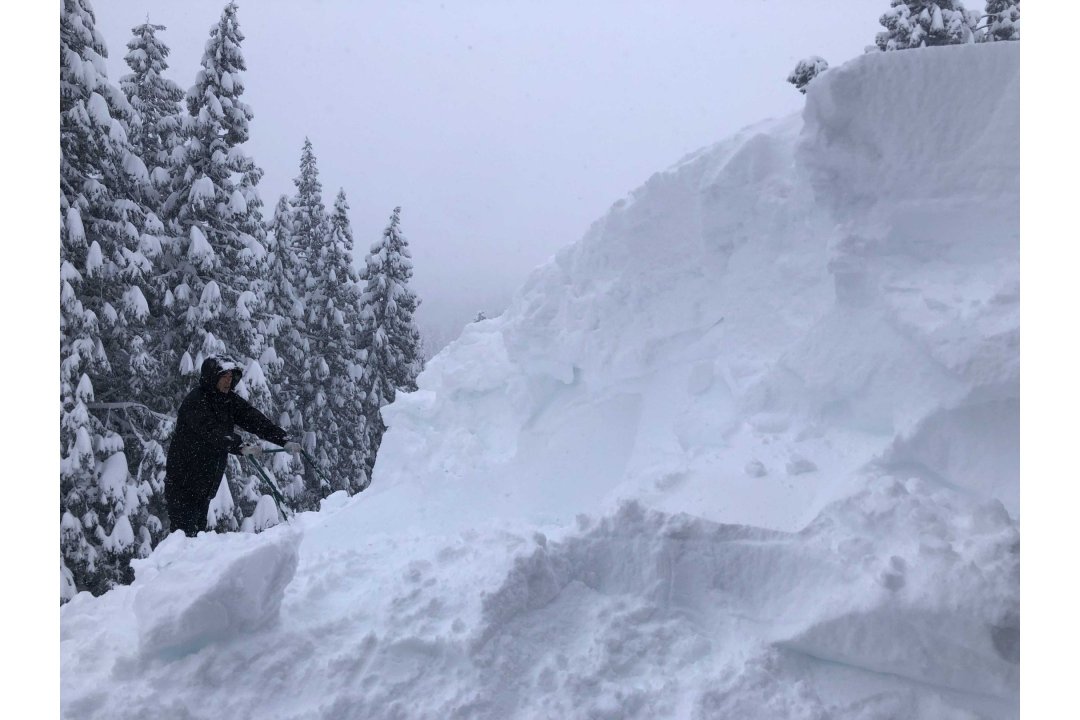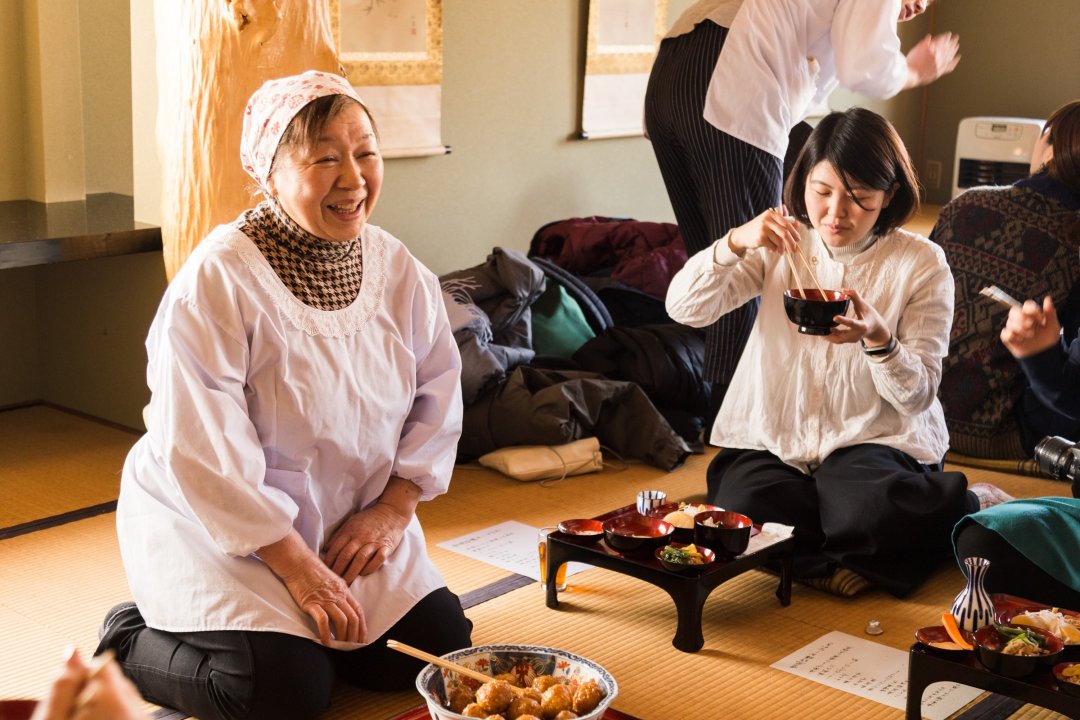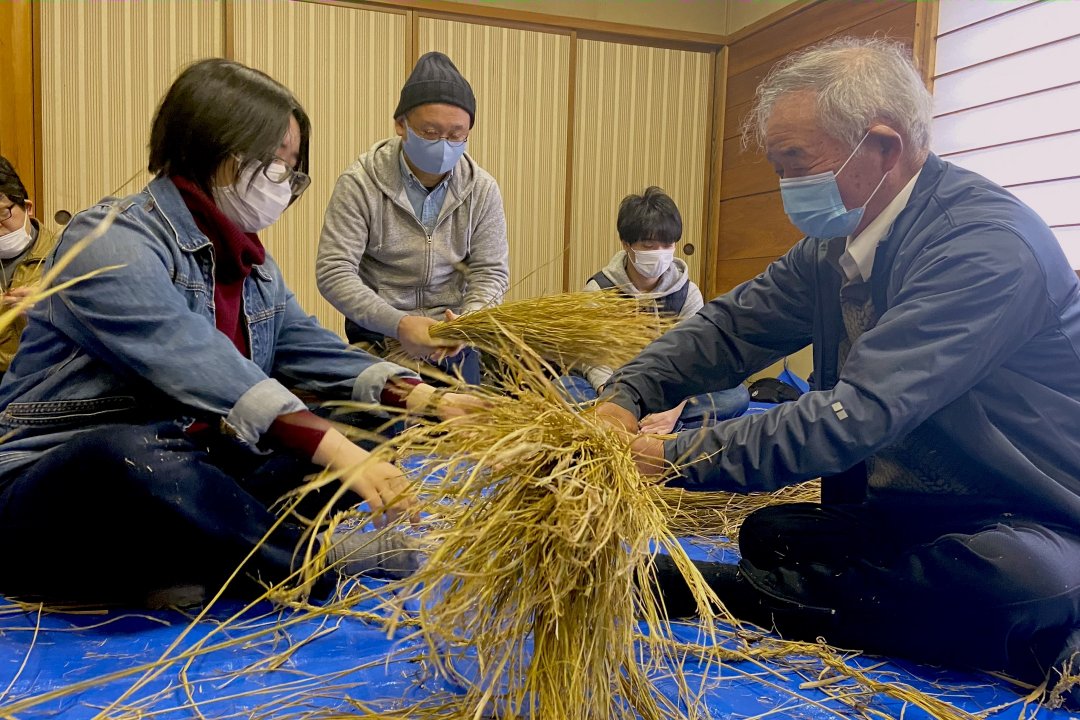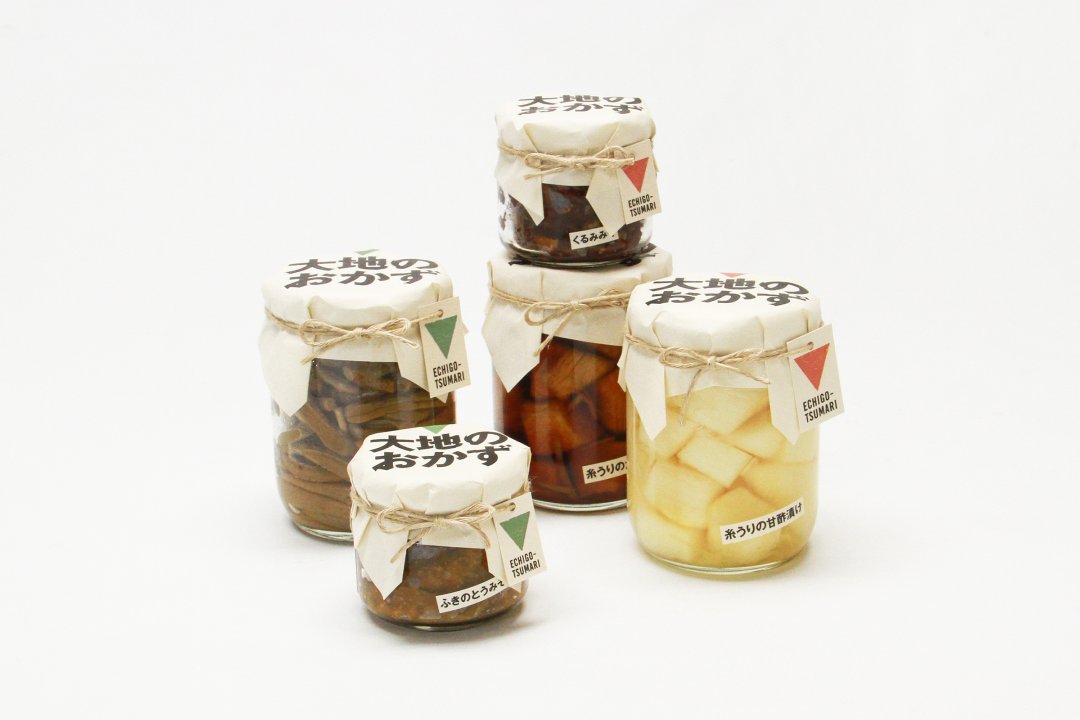Thinking 21st century art in the world from Niigata
Echigo-Tsumari Art Field - Official Web Magazine
Feature / VISITING ECHIGO-TSUMARI WITH HER - Vol.3
Machiko Kyo writes about Echigo-Tsumari Art Triennale. Living with unresolved questions.
Machiko Kyo (manga artist)
The cover drawing of “Art from the Land” changes in accordance with the monthly theme. Machiko Kyo drew pictures for the October, November and December 2019 issues. In order to draw the cover pictures, she returned to the Echigo-Tsumari Art Festival which she visited repeatedly as an art student. Memories from the first visit to Echigo-Tsumari such as the star-studded sky, encounters with aspirational artworks, the kindness of local people came into her mind as well as the feeling of being troubled when she realised that it was impossible to understand art completely. She writes about her feelings along with drawings for 『美術は大地から』 as she realised the time that has passed when revisiting the place.
Text and drawings by KYO Machiko / Edited by NAKATA Mitsuki (CINRA.NET editorial team) / Translated by Miwa Worrall
04 December 2019
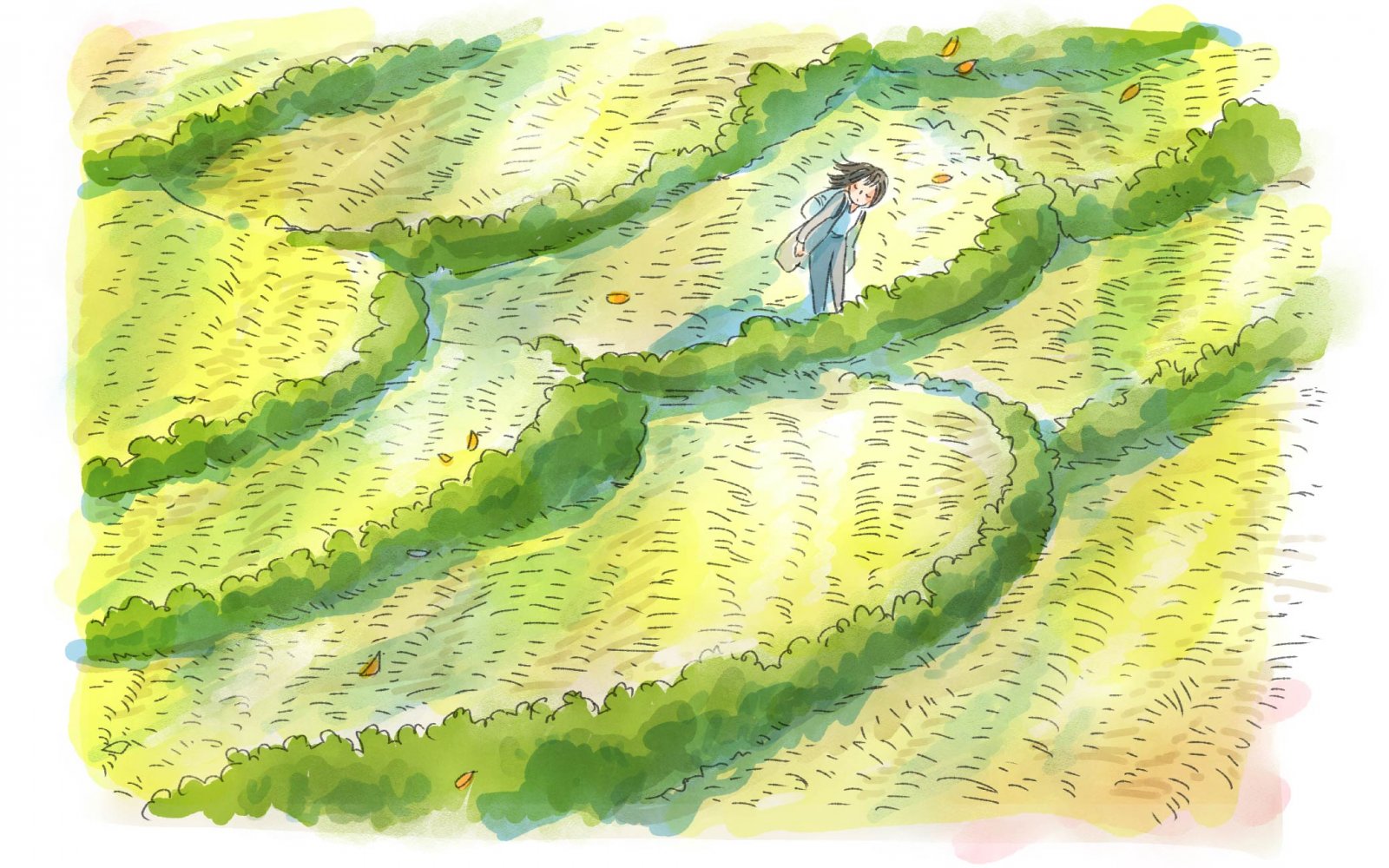
©️Machiko Kyo
I visited the Echigo-Tsumari Art Triennale several times when it was launched. It is a long time ago now when I wasn’t fully mature but I take this opportunity to try to remember. The stars were amazing. It must have been the first time to see such an amount of stars. While I was unable to stay overnight at the “House of Light”, I met James Turrell by chance and exchanged a few words with him.
I still vividly remember the dimly-lit room, the long table and folding chairs. It was a moment I treasure. I felt hopeless in the forest when there was no public transport to return home and some local person gave me a lift. The experience of mobile phone being out of range. Artworks were scattered around in the vast area. I even remember I was struggling to fix my favourite broken parasol at an accommodation. All these memories from that summer of deep green.
*1: Born in Los Angeles in 1943. Currently resides in Flagstaff, Arizona. After studying natural science such as perception psychology, math, astronomy as well as art history and having worked for NASA from 1968 to 1971, Turrell began the production of experimental works using light. Influence from his experience operating aeroplanes can also be seen in his artworks. Light has been media of Turrells’s works throughout and he has been exploring and posing questions relating to the intrinsic quality of perception by creating various spaces to experience light that appeal to our inner senses. Major artworks include “Roden Crater”, Arizona which has been on production since 1979, “House of Light”, Niigata (2000), as well as “Afrum Pale Blue”, “Open Field”, and “Open Sky” shown at Chichu Art Museum. His artworks have been presented across the globe and he has received many awards including “National Medal of Arts” from the then President of the United States, Obama in 2013.
When I visited this time, to my surprise I had lost most of my memories of the place. I thought I remembered well about the moutainous roads but my memory was wrong and I discovered new artworks. The artwork I helped create became part of the surrounding trees in the forest (although that was part of the plan from the beginning.) It was almost at the state that I was not sure whether I had actually worked on the artwork or not. It made me realise the severity of time that had passed.
However, I began to see what was nurtured by time as I explored the artworks. Some became part of the communities as they had been admired. Artworks that age well are strong. They blend in with the life of local people, receive visitors like locals and impart a sense of wonder.
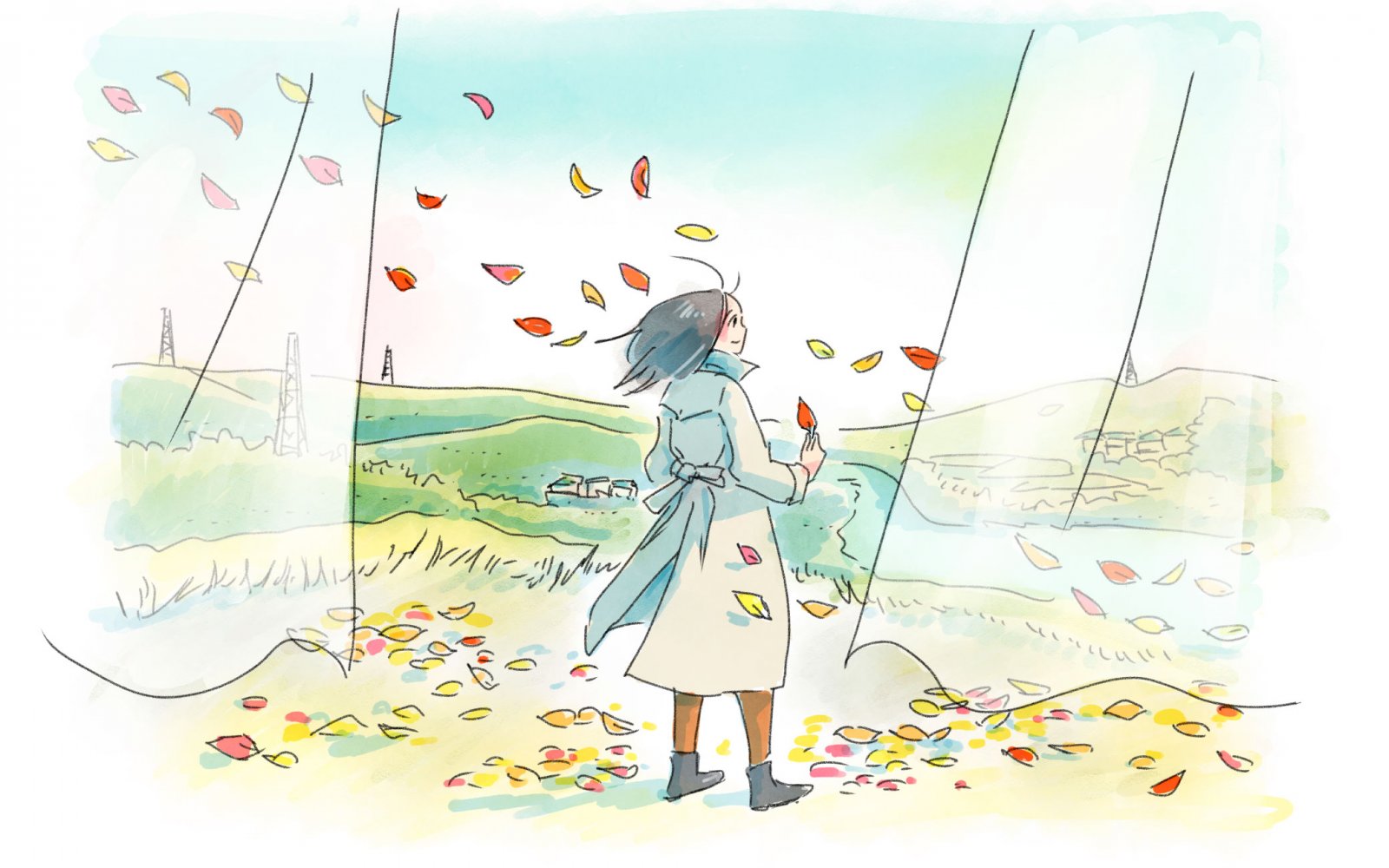
©️Machiko Kyo
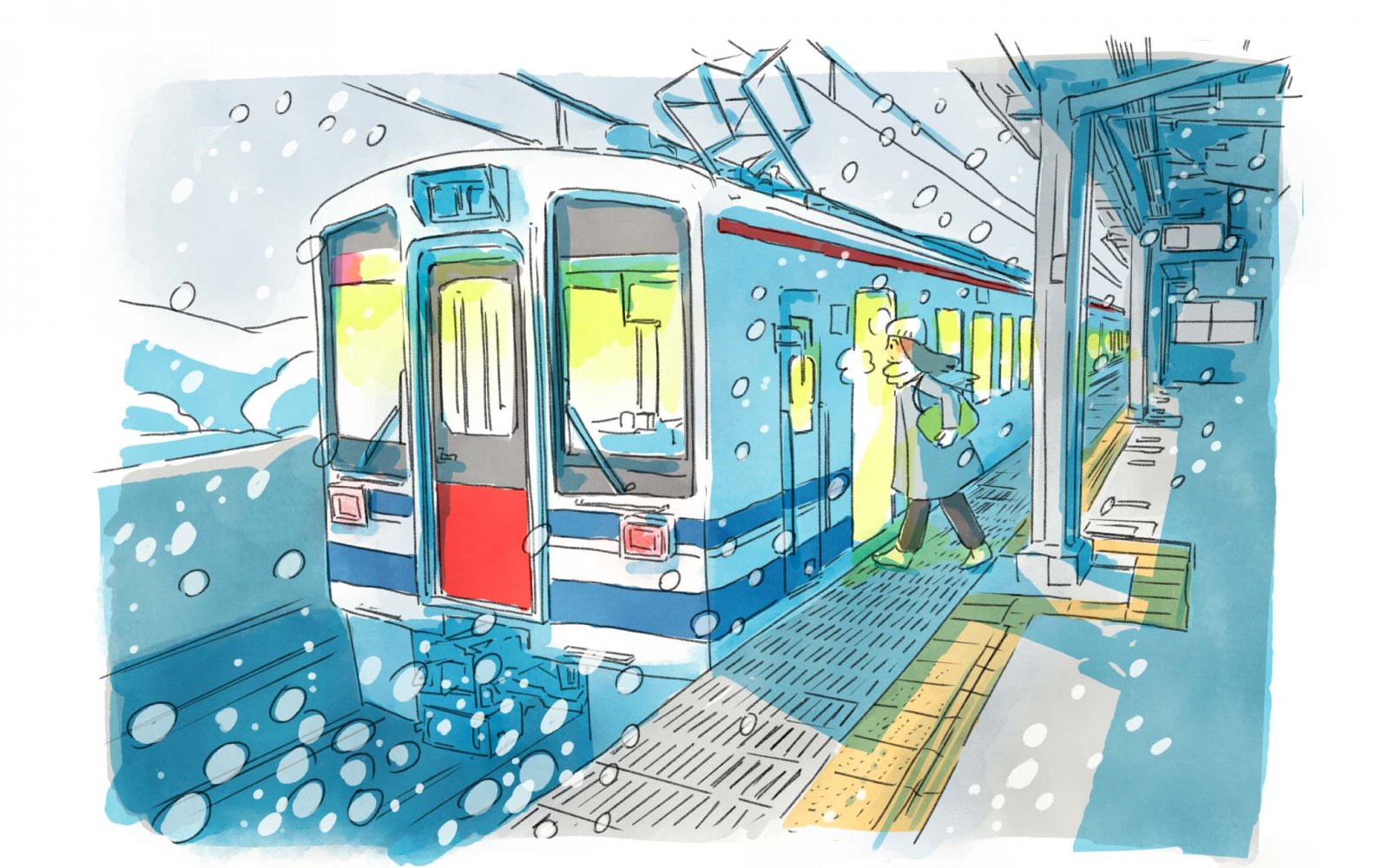
©️Machiko Kyo
I was once troubled by the fact that it was impossible to understand art completely despite my appreciation of art. I thought I was not smart enough when I was an art student and I felt beaten by the sense that I was somewhat not compatible with art. I took distance and became another ordinary art fan. However, I did not take distance from expression itself, and I currently make my living as a manga artist. I am determined to discover “something I don’t fully understand” in each work I produce. It is okay if I don’t understand. I believe it is important to have something you can’t comprehend. We live with lots of unresolved things. All of sudden, a time will come when everything starts to move forward.
Echigo-Tsumari is one of those (unresolved things). What was once a collection of things “impossible to understand” and “?” has gradually transformed into “!” as I revisited them. Of course I discover and add new “?”.
We live with things we are unsure about. To artworks that will pass time with the community. Let’s meet each other again in a far distant future.
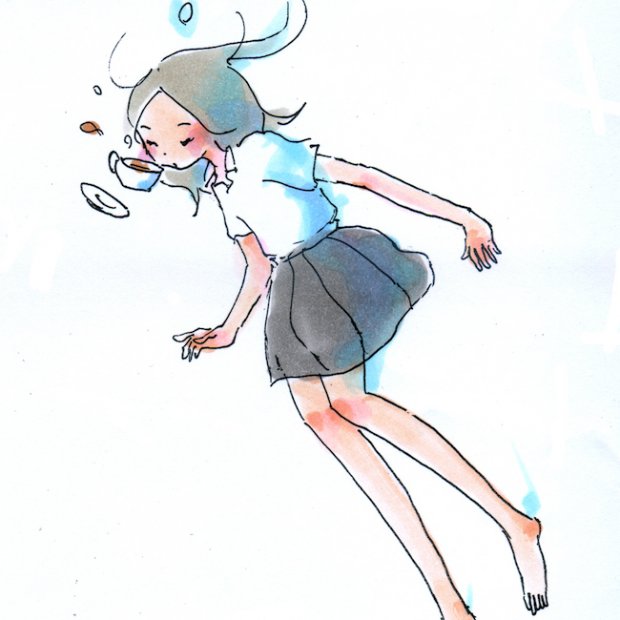
Profile
Kyo Machiko
Born in Tokyo. Manga artist. Graduated from Tokyo University of the Arts and Setsu Mode Seminar. A series of one-page manga entitled “Sennen Gaho” that she started to update everyday since 2004 on a blog platform drew attention and was published in 2008. She received “New Artist Prize under Tezuka Osamu Cultural Prize” for “Mitsuami no Kamisama” in 2014 and “Grad Prize” of Japan Cartoonists Association for “Ichigo Senso” in 2015.






